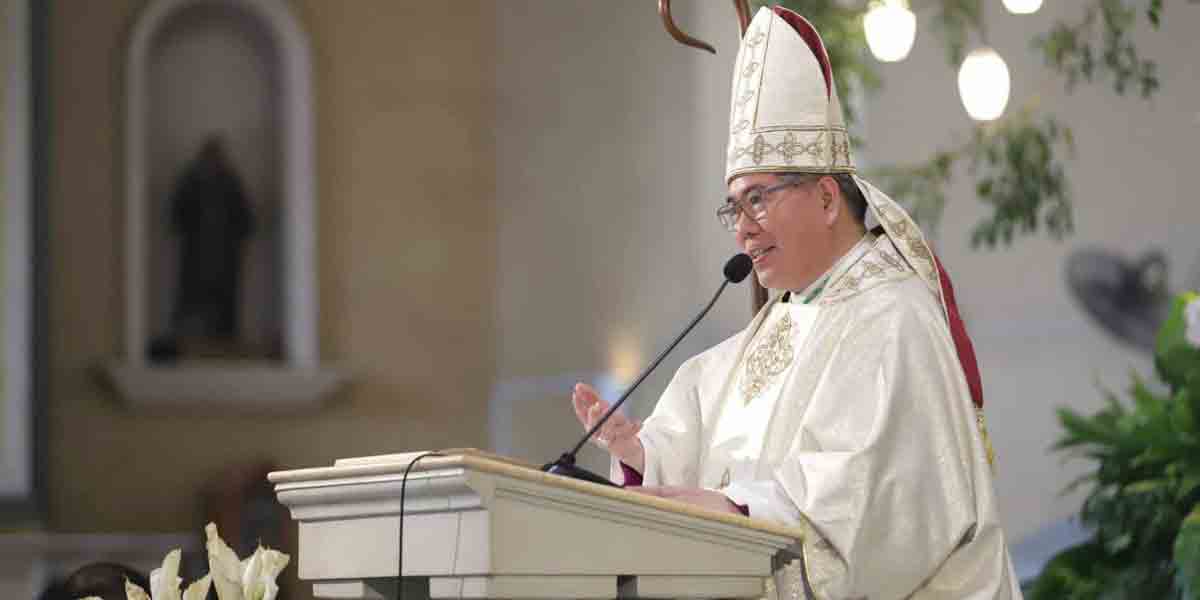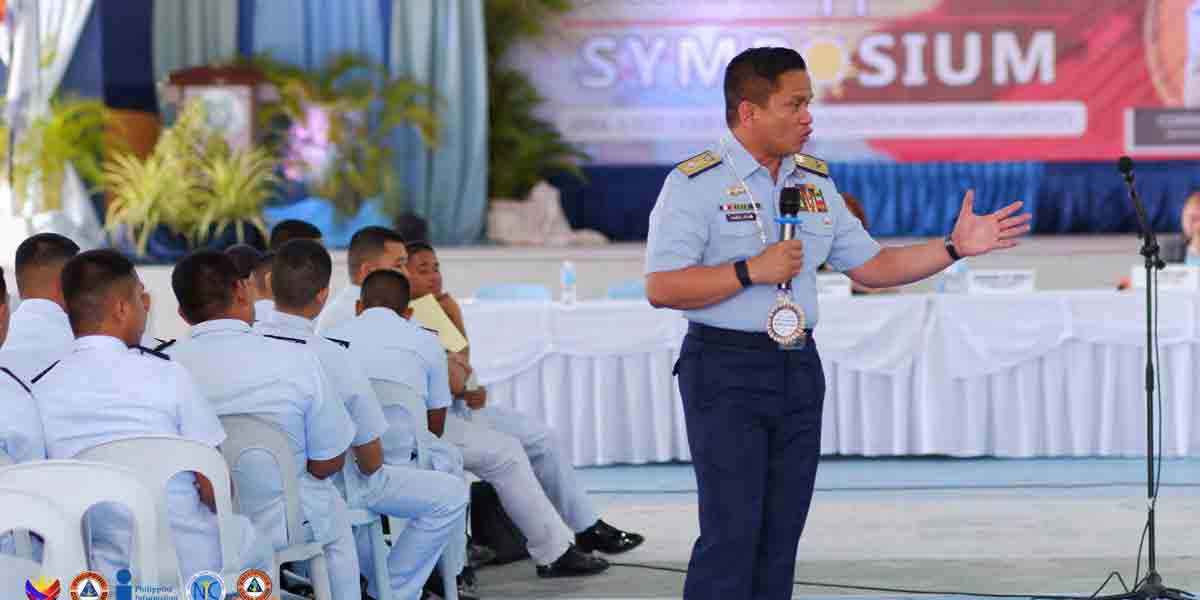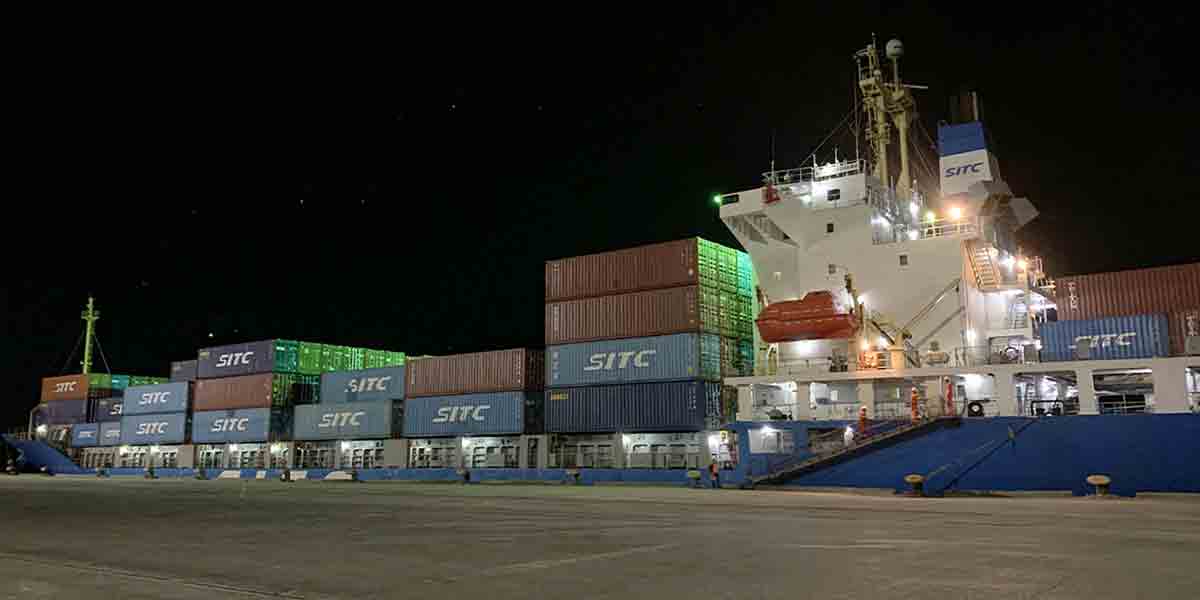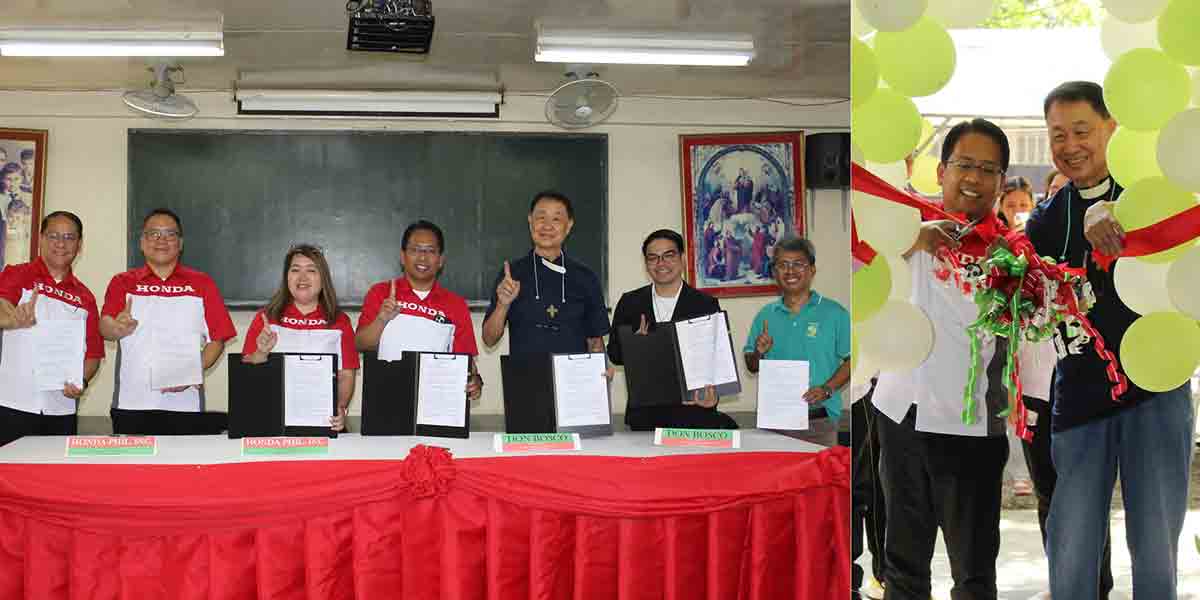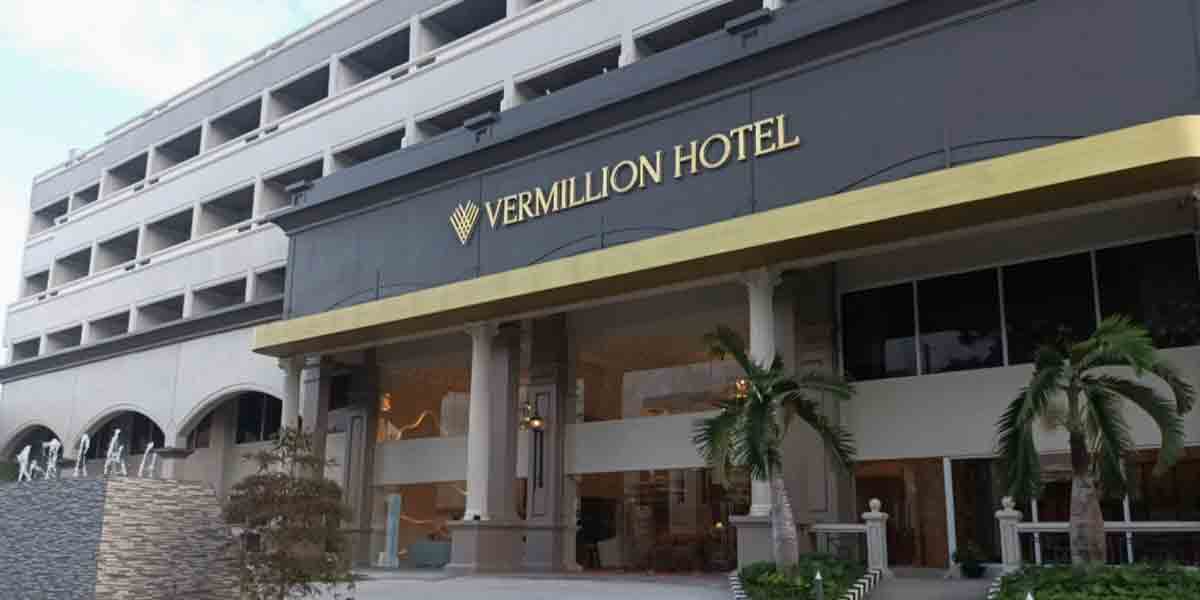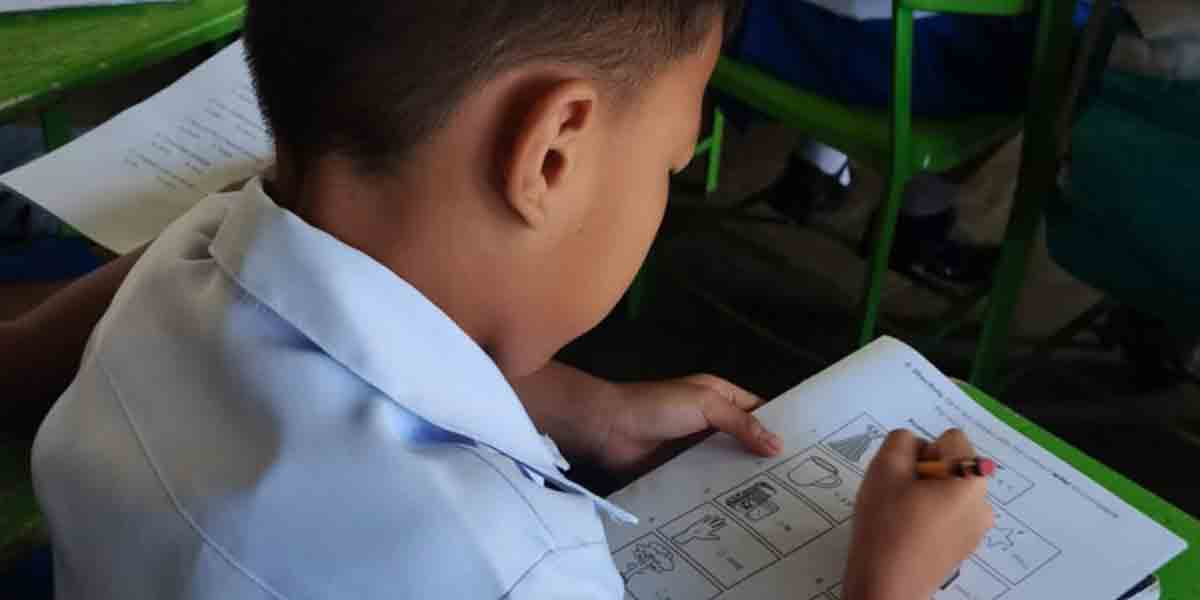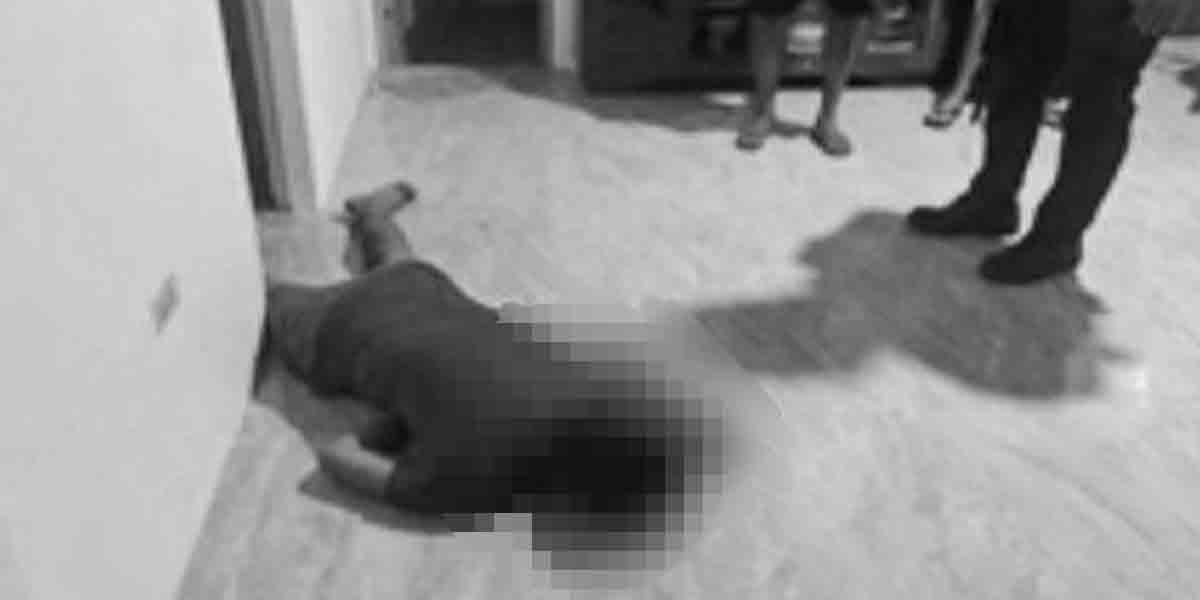By Herman M. Lagon
AS WE commemorate the 51st anniversary of Martial Law on September 21 or September 23—depending on how you see it—it is imperative to reflect on this tumultuous chapter in our history. The day serves as a reminder of the perils of authoritarian rule and the importance of safeguarding democracy and protecting human rights. However, amidst the commemorations and protests, it is essential to approach this historical milestone with a commitment to truth, steering clear of any undue revisionism or historical distortion.
My personal connection to Martial Law is rooted in my early years. I was merely six years old when Martial Law was lifted through Proclamation No. 2045. The dictator, Ferdinand Marcos, retained decree-making powers for himself, leaving our nation in a state of uncertainty, a continuation, even worsening, of the country’s “dark ages.” I vividly remember those days, even as a young grade school student.
My family had its own share of experiences during those turbulent times. I recall my half-brother’s brief incarceration, a consequence of a basketball game where a spiteful PC (Philippine Constabulary) officer was on the losing side. Fortunately, my father, a long-time barangay chief at the time, possessed enough influence to secure his release. Such incidents illustrated the arbitrary and abusive nature of Martial Law, where personal vendettas could lead to imprisonment without regard for the rule of law.
My father was also vocal about the corruption within the regime, particularly the practices of Marcos’ crony, Roberto Benedicto. As an employee of the now defunct Panay Railways Inc., he witnessed firsthand how Benedicto’s corruption led to the company’s bankruptcy, affecting thousands of Ilonggos and their communities. Moreover, my father used his writing talent to publish stories in Yuhum Magazine, shedding light on the rampant corruption within the government. He also contributed commentaries to Bombo Radyo and national broadsheets, serving as one of the many voices of dissent during those oppressive times.
When Martial Law was signed on September 21, 1972, and declared on air the night of September 23, 1972, everything seemed like typical days at first glance. Business continued, schools were open, and newspapers were being delivered as usual. This normalcy, however, was a stark contrast to what was about to unfold. Democracy and economy, vibrant and functioning magnificently, were soon replaced by the authoritarian grip of the Marcos regime.
Senator Benigno Aquino’s impassioned speech before his fellow senators on that fateful day, Senator Jose Diokno’s massive rally, and the presence of military officers in schools were all indicative of a society on the brink of change. Little did we know that these events would lead to the darkest chapter in post-colonial Philippine history.
The declaration of Martial Law marked the beginning of a period of repression, censorship, unrest, abuse, economic crisis, and widespread human rights abuses. Thousands were arrested, abducted, detained, tortured, or killed during those dark years. Media outlets were forcibly silenced, and dissenting voices were suppressed through intimidation, abuse, and acts of violence.
Despite the confusion surrounding the exact date of the declaration, what is more important is what happened afterward. The date itself was likely chosen for superstitious reasons rather than historical accuracy. It is a testament to Marcos’ manipulation that we remember Martial Law on September 21, as if it were a day worth celebrating.
The regime’s propaganda machine worked tirelessly even until now to portray Martial Law as a “golden age” in Philippine history. They cited improvements in peace and order, a reduction in violent crime, the suppression of the Communist insurgency, and the collection of loose firearms. However, these supposed “achievements” cannot overshadow the truth of the grave abuses and socio-economic crisis that transpired. Here are some of the hard facts according to the archives of Amnesty International, Daily Inquirer, Human Rights Violations Victims’ Memorial Commission (HRVVMC), and Martial Law Museum:
- During martial law, a staggering 107,240 individuals were directly subjected to human rights violations, with 70,000 people arrested, most of whom faced arbitrary detention without the issuance of warrants.
- 34,000 individuals endured horrifying torture methods, including electric shock, strangulation, burns from cigars and flat irons, pepper torture, inhumane treatment akin to animals, rape, sexual harassment, the horrors of San Juanico Bridge, exposure to truth serum, Russian roulette, severe beatings, pistol-whipping, waterboarding, and more.
- 3,240 lost their lives at the hands of the military and police, while 878 individuals remain classified as desaparecidos, having gone missing and never been accounted for.
- 11,103 victims of these rights violations have been granted approved claims for compensation.
- $28.26 billion or 7,800% increase in the country’s foreign debt by the end of Marcos’ rule, from $360 million in 1961
- The daily earnings of agricultural laborers witnessed a significant decline of at least 30%, plummeting from P42 in 1962 to a mere P30 in 1986. Farmers’ wages hit a low point at P23 in 1974, shortly after martial law was declared.
- P23 and P35 are the daily income of workers without school training or skilled workers in 1986, respectively, a sharp fall from P89 and P127 in 1962
- 6 out of 10 families were poor by the end of the Marcos era, from 4 out of 10 who were poor before he took office and declared martial law.
- The declaration of martial law led to the closure of 464 media outlets, stifling freedom of the press.
- Supreme Court ruling in July 2003 deemed the $683 million held in Marcos’s Swiss bank accounts as ill-gotten wealth.
- During two decades in Malacañang, it amassed $5 billion-$10 billion estimated ill-gotten wealth.
- The Communist insurgency was then estimated to involve 500 men in 1972. When Marcos left office after 14 years of warfare, the insurgency grew into an organized nationwide movement of 16,000-25,000. Muslim secessionists Moro National Liberation Front (MNLF) and Moro Islamic Liberation Front (MILF) were also inspired to organize during martial law years.
- The poorest 60% of the nation were able to contribute only 22.5% of the income in 1980, down from 25.0% in 1970. Meanwhile, the richest 10%, mostly cronies, took a larger share of the income at 41.7% in 1980, up from 37.1% in 1970.
- In 1971, the Philippine economic growth, as reflected by its gross domestic product (GDP), hit 5.27% to 5.43%. In the first two years after the murder of Sen. Benigno Aquino, Jr., in 1983, the Philippine GDP contracted to negative 7.32% and negative 7.04%.
- The dictatorship also forcibly seized 579 large-scale businesses, mostly owned by opposing parties, resulting in a violent, abusive, and illegal takeover.
- Basic commodity prices tripled, so what cost P100 in 1976 now exceeded P300, nearing even P400 by 1986.
On the other hand, let us also remember Martial Law through these harrowing stories of a few of the many individuals who suffered severe human rights abuses during those dark years:
- At just 21, Archimedes Trajano questioned Imee Marcos in a forum and was forcibly taken, tortured, and thrown from a building window for his inquiry.
- Maria Elena Ang, a 23-year-old journalism student, was arrested, beaten, electrocuted, subjected to water torture, and sexually violated during her detention.
- Dr. Juan Escandor, a young doctor, was tortured and killed by the Philippine Constabulary. His body was found with a broken skull, trash stuffed inside, and his brain placed in his abdominal cavity.
- Boyet Mijares, only 16, was killed after being lured by a call regarding his disappeared father, Primitivo Mijares, a whistleblower. Boyet’s body was found with gruesome injuries.
- During interrogations, Trinidad Herrera, a community leader, was arrested and electrocuted on her fingers, breasts, and vagina.
- Neri Colmenares, arrested as an 18-year-old activist, endured torture, including strangulation and witnessing fellow detainees subjected to electrocution and being buried alive.
- Hilda Narciso, a church worker, was arrested, confined in a small cell, fed a repulsive soup, and repeatedly gang-raped.
Meanwhile, here are some narratives of martial law survivors published in The New York Times from the interview with Jason Gutierrez last year:
- Cecilio Bejer, 71, a labor activist, was detained twice during martial law and beaten by authorities.
- Carmencita Florentino, 70, an advocate for the urban poor, was arrested twice, along with hundreds of others, and feared the return of the Marcoses to power.
- Pedrito Cipriano, 71, a dock worker and union organizer, was detained and accused the Marcos family of stealing wealth from the government.
- Silvestra Mendoza, 83, a grandmother and civic group member, was detained for weeks and believes it was right to defend her country.
- Loretta Sipagan, 87, a community organizer, spent over two months in jail without knowing why and later forgave the arresting officer.
- Romeo Fortez Mendoza, 71, a youth activist, protested against the regime and feared that President Marcos may be worse than his father.
- Lydia Sanchez, 77, and her husband were arrested in 1973, and despite suffering, they continued their activism for the poor.
- Pacita Armada, 62, was detained at 16 during a raid and endured physical abuse while in custody.
- George Obedosa, 72, who now has Parkinson’s disease, attributes his condition to the torture he endured during his two years in detention and believes the Marcoses should apologize for their actions.
The memory of Martial Law should serve as a stark reminder of the dangers of authoritarian rule and the importance of safeguarding democracy and protecting human rights. We must not allow the lessons of the past to fade into oblivion, nor should we romanticize an era characterized by oppression and brutality.
As we commemorate September 21 or 23, let us honor the victims of Martial Law, remember their sacrifices, and demand accountability for the injustices committed. Our collective responsibility is to ensure that the truth about Martial Law is preserved and that the country remains a beacon of democracy, free from the shadows of authoritarianism, cronyism, corruption, cognitive dissonance, and patronage politics.
***
Doc H fondly describes himself as a ‘student of and for life’ who, like many others, aspires to a life-giving and why-driven world that is grounded in social justice and the pursuit of happiness. His views herewith do not necessarily reflect those of the institutions he is employed or connected with.



